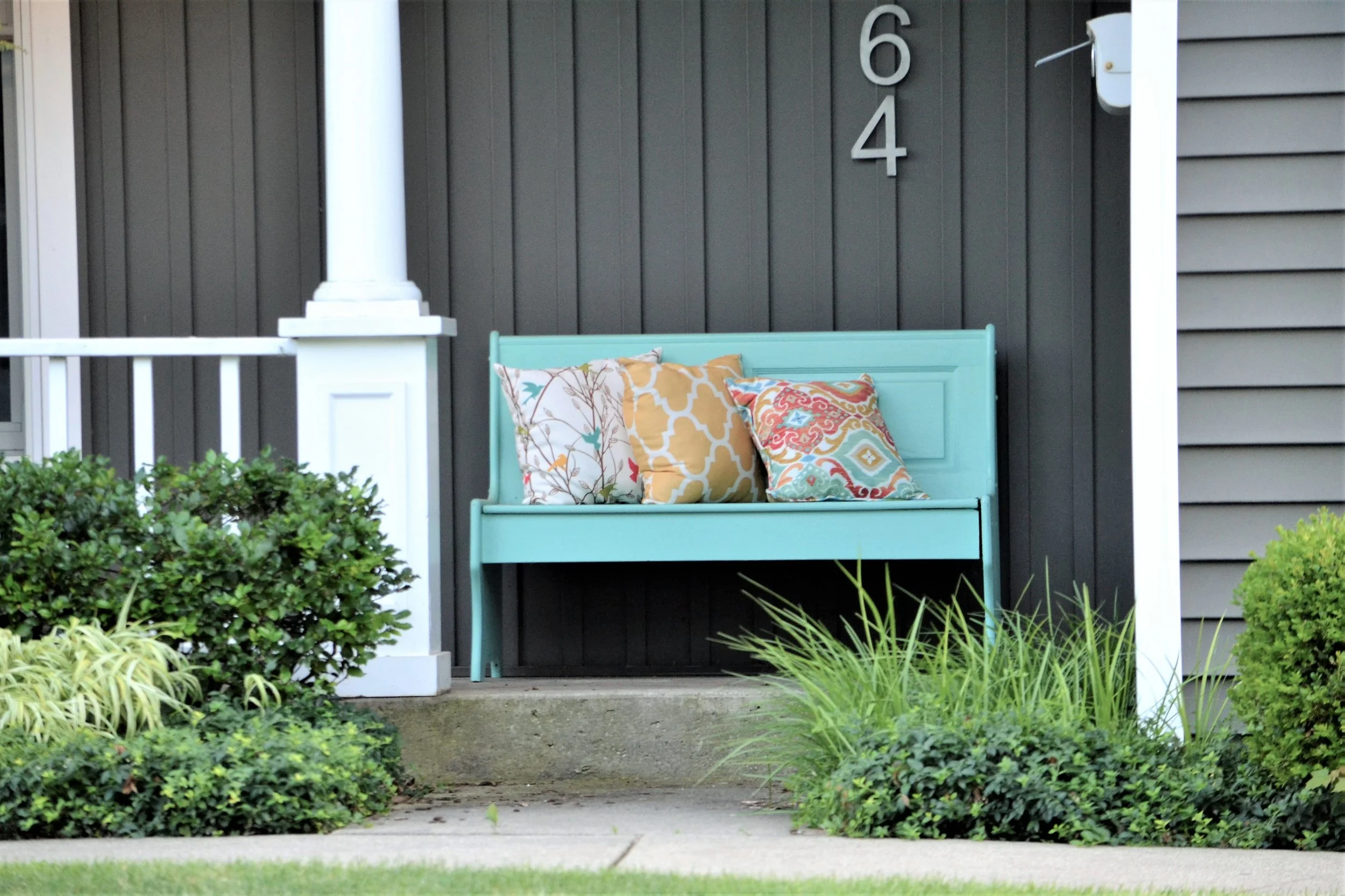Telltale Signs Your Siding Needs to Be Replaced
Home siding provides aesthetic value along with protection to underlying structures. Siding also adds or detracts from property value based on the quality of the existing material. The Siding construction along with environmental factors determine how long the exterior product lasts. In an effort to save money, homeowners often fix problems when needed. But, when repairs occur more frequently or when certain symptoms emerge, siding requires replacing.
Finding that maintenance becomes more challenging
Over time, areas of siding begin fading, which indicates that the material's weatherproofing quality has declined. Depending on the size of the affected area, homeowners may desire simply to spot patch the location. However, trying to match aged siding with products currently available on the market is commonly a challenge that often proves unsuccessful. Should a home having painted siding, the finish should last up to a decade when using a quality paint and proper technique. But, when chipping and pealing require reapplications in three to six years, the siding material is actually the problem. In either case, replacing siding with a product that requires less maintenance is worth the time and money.
Witnessing visible signs of deterioration
Blisters, bubbling, cracks or warping indicate sufficient damage that is beyond repair. Check underlying layers, which may display evidence of further deterioration. One of the functions of siding includes protecting underlying surfaces. Should obvious signs of damage or rotting become apparent, moisture has access to cause more problems. Look for fungus or mold in the seams and between layers where the material has loosened. By the time, these signs appear, the damage is extensive. Elite One recommends replacing instead of a simple repair for homeowners in the Kansas City area.
Finding evidence of pest infestations
Certain types of siding are more vulnerable to a variety of pests who make their way into the material, which causes considerable damage. Termites, woodpeckers and other pests commonly seek locations that provide easy access to escape environmental factors. When birds, insects or other critters burrow into the siding, the openings become susceptible to the elements, which includes moisture penetration. Instead of trying to eliminate the infestation and make repairs, consider replacing existing siding manufactured with materials that resist pest invasion. Otherwise, the situation may repeat itself time and again.
Plagued by rising utility bills
When contractors install siding, they may use a product that includes insulation. Some products do not have inclusive protection, which must then be added. Existing siding may or may not harbor a protective layer. If insulation does exist, it may not provide a sufficient barrier to the cold and heat. If noticing that monthly energy bills seem to be climbing over time, new siding and insulation should be a consideration. Newer available products have greater R-values that prevent environmental temperatures from permeating or internal temperatures from escaping. In this way, HVAC systems operate more efficiently, which save money year-round.
For regular tips and updates from The HomeMag, follow us on Facebook or Instagram.

